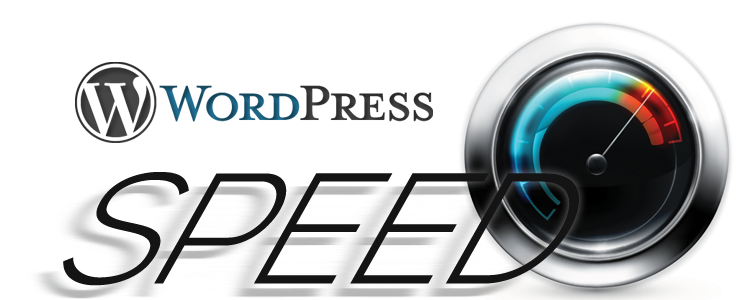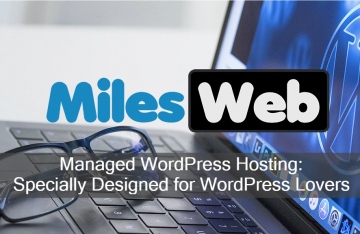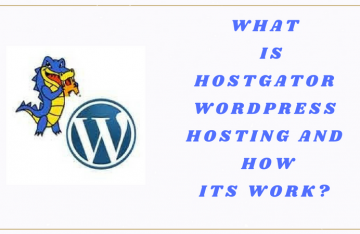For any website owner, it is important to ensure that their website is fast enough. In fact, Google has added the website speed factor into their search engine algorithm. If our website loads very slowly, it is quite possible that our search ranking will drop. This will further reduce traffic to our website. In the modern Internet era, having a website with good access performance is very vital. When managing a WordPress website, there are steps we can do to make our website faster. Here are things we can do:
- Optimize images: When optimizing website, we shouldn’t only reduce the size, but also use the right format and src attribute. Oversized images will load slowly and it is a bad idea to use images that’s more than 1000px-wide. A 800×600 resolution is suitable for standard in-page images, but we could use higher resolution if we want to make images as the center point of our page. However, smaller resolution doesn’t guarantee reduced file size. We need to Photoshop to optimize the quality of the image and for this reason, it is recommended to choose the JPG format. PNG format isn’t supported by some mobile web browsers and GIF format is ideal for simple or small graphics. We could also use animated GIF to show interesting short video clips. It is not recommended to use BMP and TIFF, due to their large file size.
- Use simple HTML, CSS and JavaScript code: WordPress already comes with effective, basic HTML and CSS code. However, if we want to add more code snippets, we should make sure that they don’t cause performance problems. We could manually check our code, by using plugins, such as W3 Total Cache and WP Minify.
- Install Great Caching plugin: We may have static images, text and other things that rarely change. Server- and browser-side caching could ensure that the website performs faster on user’s computer. The Great Caching plugin stores a portion of our website in local storage, so it doesn’t need to be downloaded when users re-visit our website. The method works well when users visit our website for the second time. W3 Total Cache is another plugin that we can use. In a perfect situation and with optimal configuration, we should be able to increase the performance of the website by up to 10 times.
- Optimise database tables: Database tablets should be optimized regularly, like the way we defrag our hard drive or tune-up our car. Excess entries will be removed and existing entries are re-sorted. phpMyAdmin includes a feature to both repair and optimize our database table. WP-D-DBManager is a database management plugin for WordPress that can help us optimize, fix, backup and repair our database. WP-Optimize is a good optimization plugin that also includes features to clean-up and optimize database.
Reduce HTTP requests: When people visit our website, specific files will be sent to their browsers and the amount of time needed to completely load our page will be longer. We could reduce HTTP requests by limiting the number of objects in our webpages. It means that we should use fewer images, CSS and JavaScript code.




